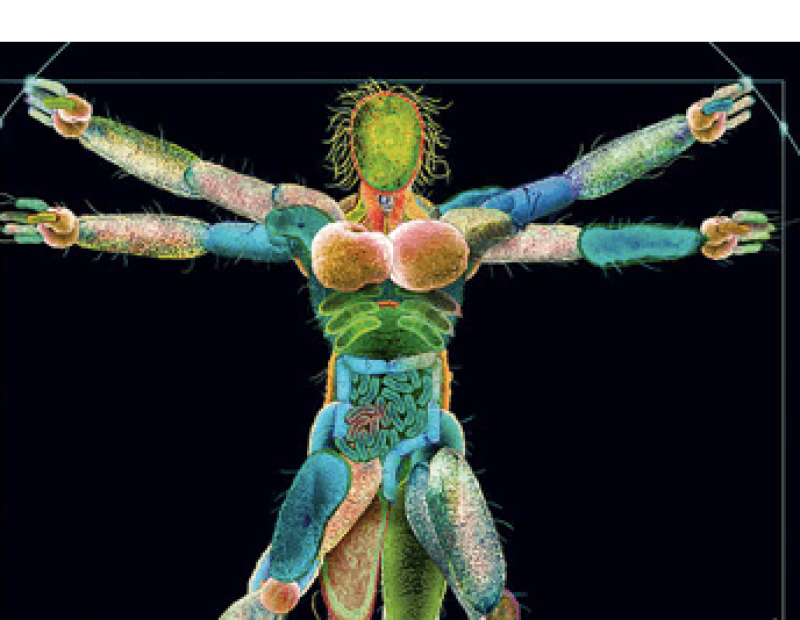The GLP aggregated and excerpted this blog/article to reflect the diversity of news, opinion and analysis.
Turns out microbial communities — what most of us think of as germs — expand by trading metabolites such as amino acids with other species of bacteria, just like free-market economies grow by exchanging goods and services.
That novel insight, inspired by a chance conversation and supported with research developed over the intervening years, provides a framework to explain how different species of bacteria interact in complex communities.
Microbes are single-cell organisms so tiny that millions can fit on the head of a pin. Some are beneficial, but some, like salmonella and E. coli, cause diseases. Understanding how they flourish is valuable for improving human health, and in the last decade, there has been an effort to catalog the microbes that colonize the body.
Scientists don’t fully understand how different species of bacteria co-exist, but they believe changes in the human microbiome — the microbial communities living together in the body—may affect obesity, metabolic disorders and cardiovascular and gastrointestinal diseases.
Explaining how they interact is one step in unraveling the mysteries of the organisms, which both assail and assist our bodies.
Microbes need 20 different amino acids to make a cell. Some can’t produce all of them, and in a competitive environment where, presumably, they are jockeying for survival, scientists speculate that microbes do a curious thing: produce excess amounts of some amino acids and pump the surplus into the environment.
Read full, original post: Economies of Ail: How Bacteria Flourish































